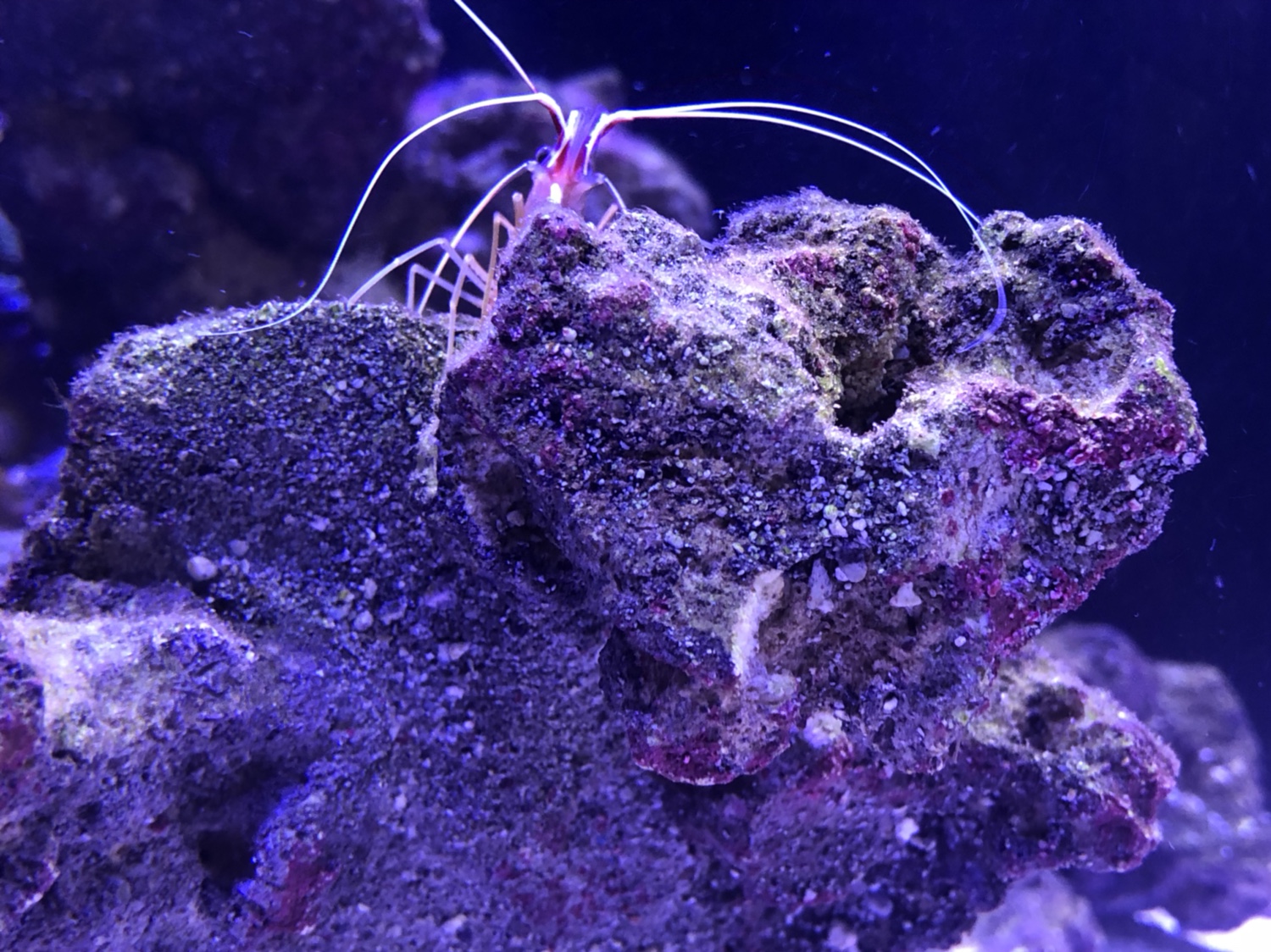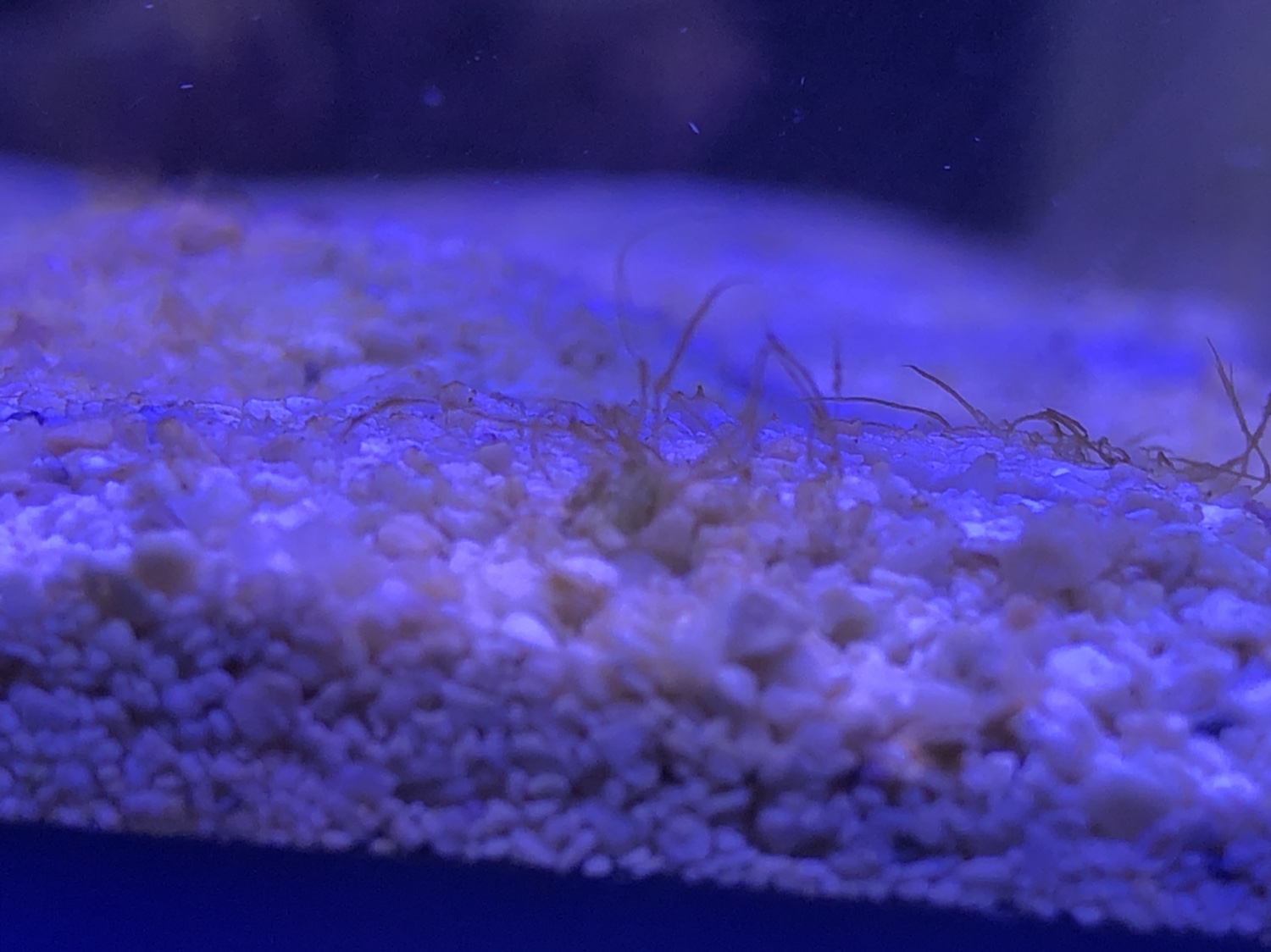- Joined
- Jul 4, 2016
- Messages
- 4
- Reaction score
- 0
Hello. I have a custom 33 gallon cube that’s been up for 2 months. Ive been having issues with long stringy Hair like algae. My water parameters are great. Phosphates being under 0.05 and nitrates between 5-8. I used dry sand and dry Carib sea Rock. Is this just a sign of a new tank? I’ve owned reef tanks for 10+ years and never had issues like this in the beginning.
My current livestock are 2 clownfish (Davinci and Frostbite pair) 1 bangai cardinal, a yellow clown goby, a tailspot blenny, 1 pistol shrimp, 1 skunk cleaner, 4 trochus snails, and 5 astrea snails.


My current livestock are 2 clownfish (Davinci and Frostbite pair) 1 bangai cardinal, a yellow clown goby, a tailspot blenny, 1 pistol shrimp, 1 skunk cleaner, 4 trochus snails, and 5 astrea snails.

















